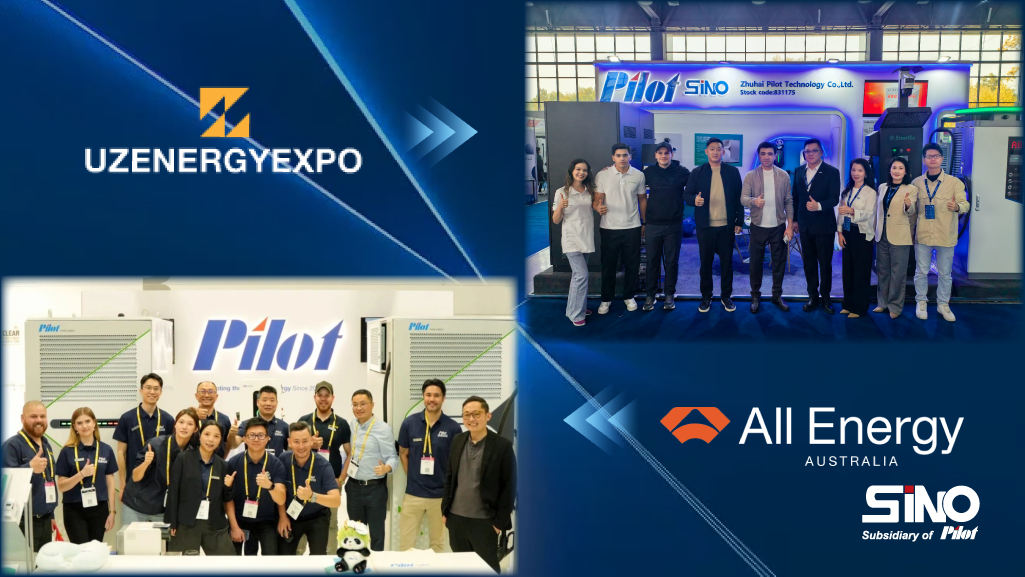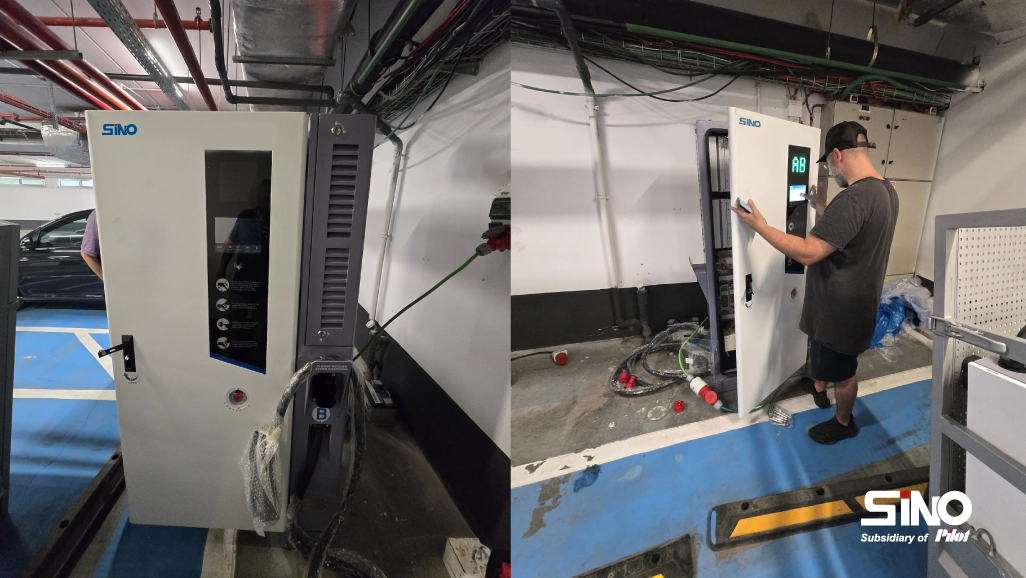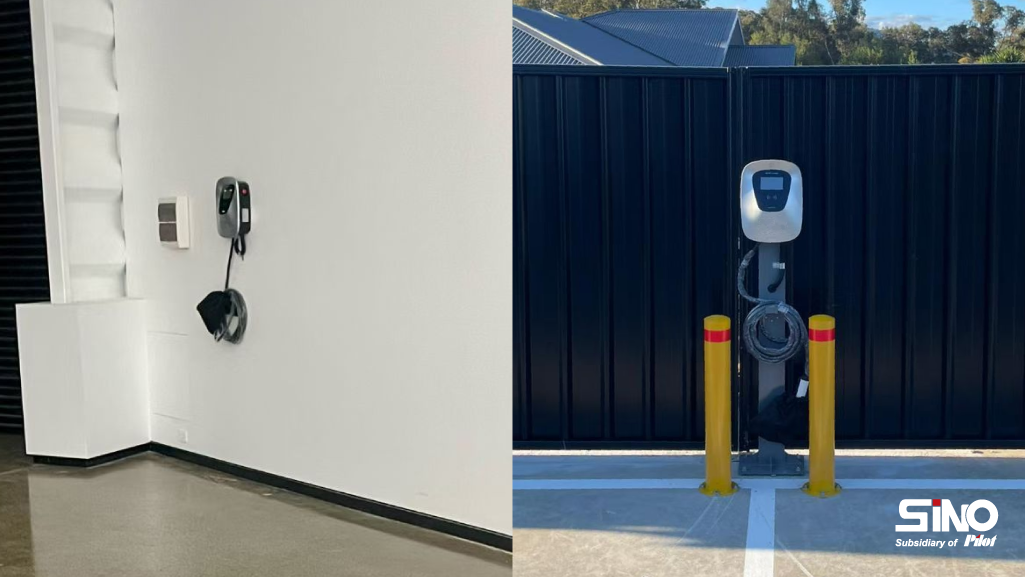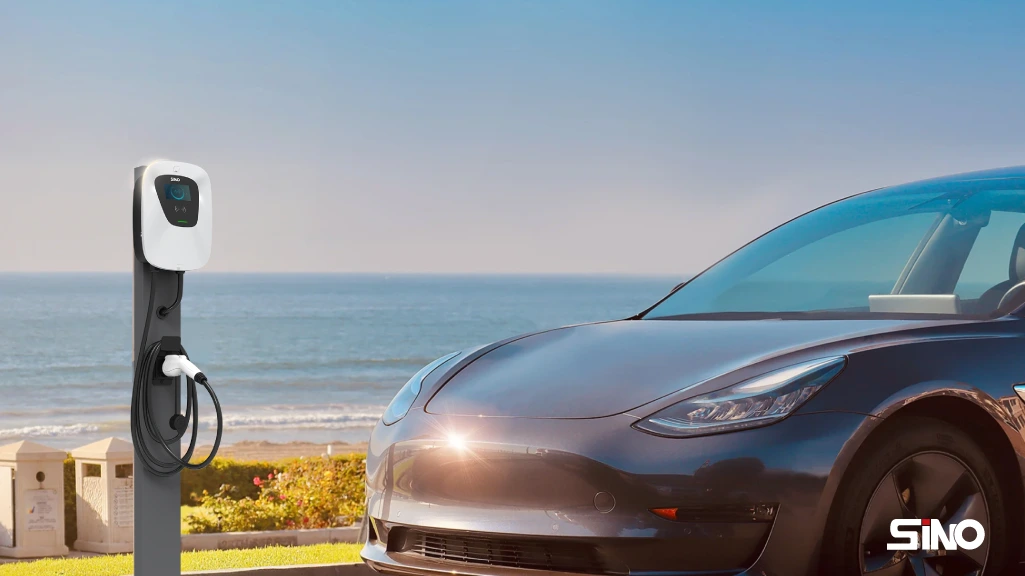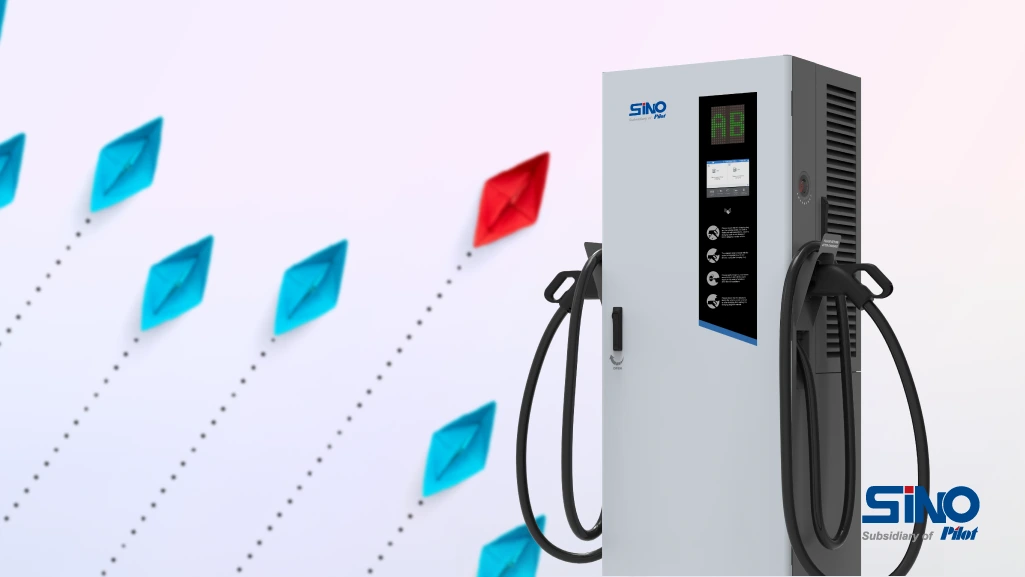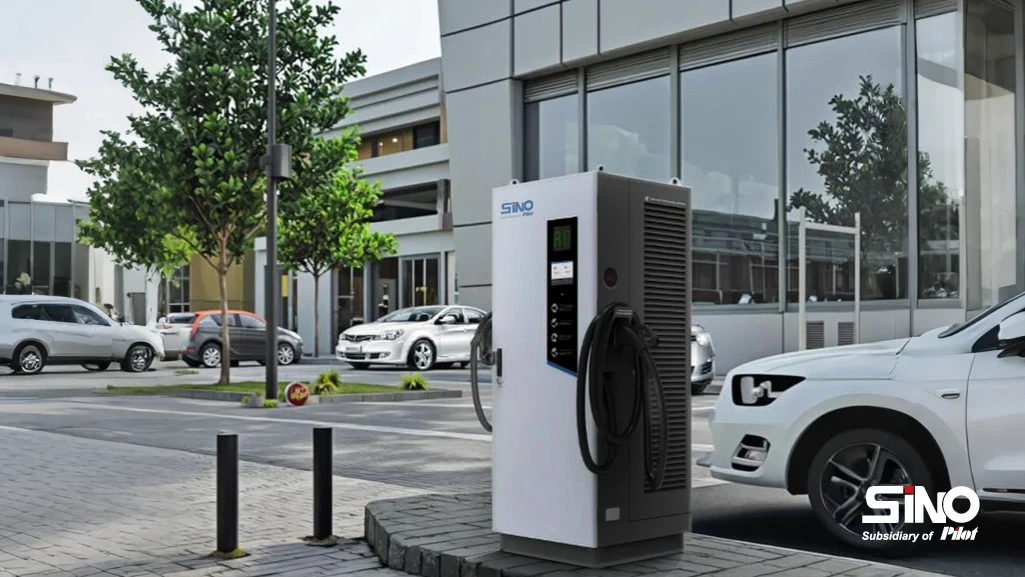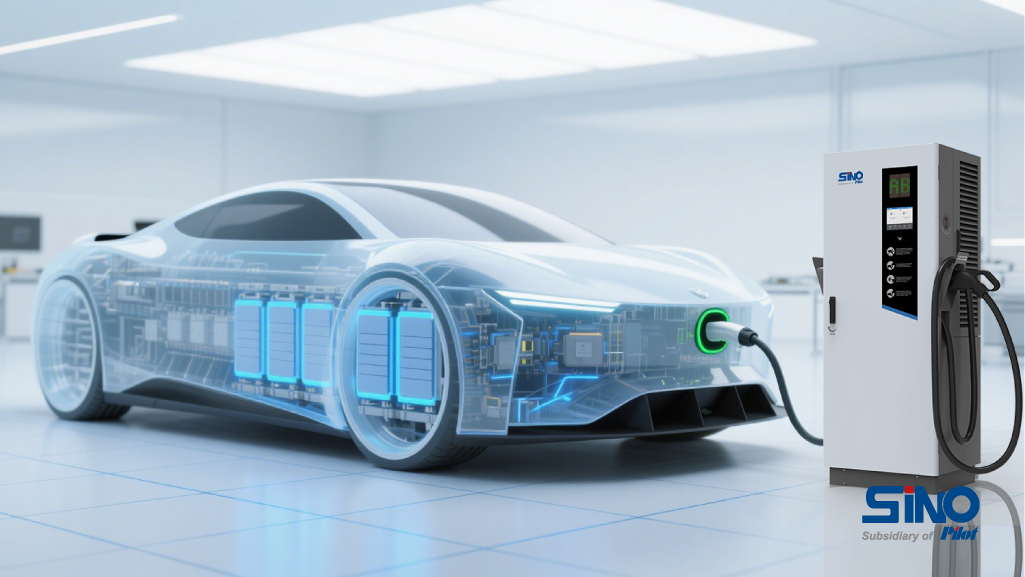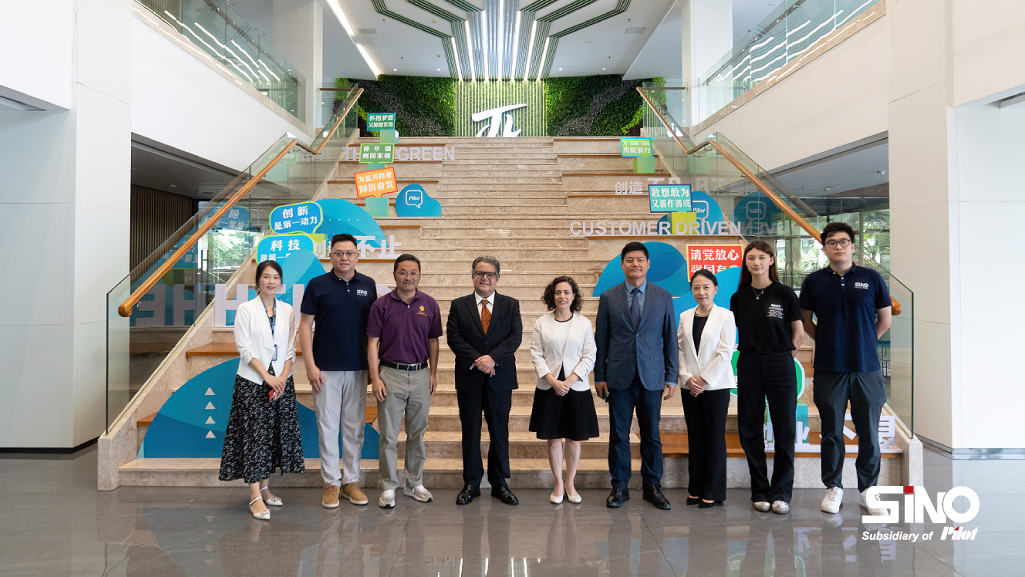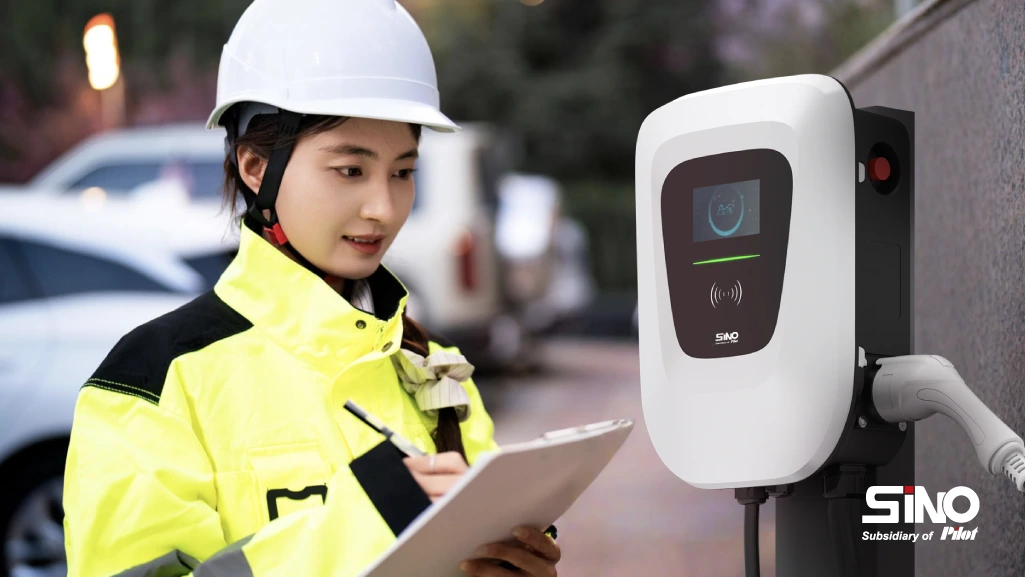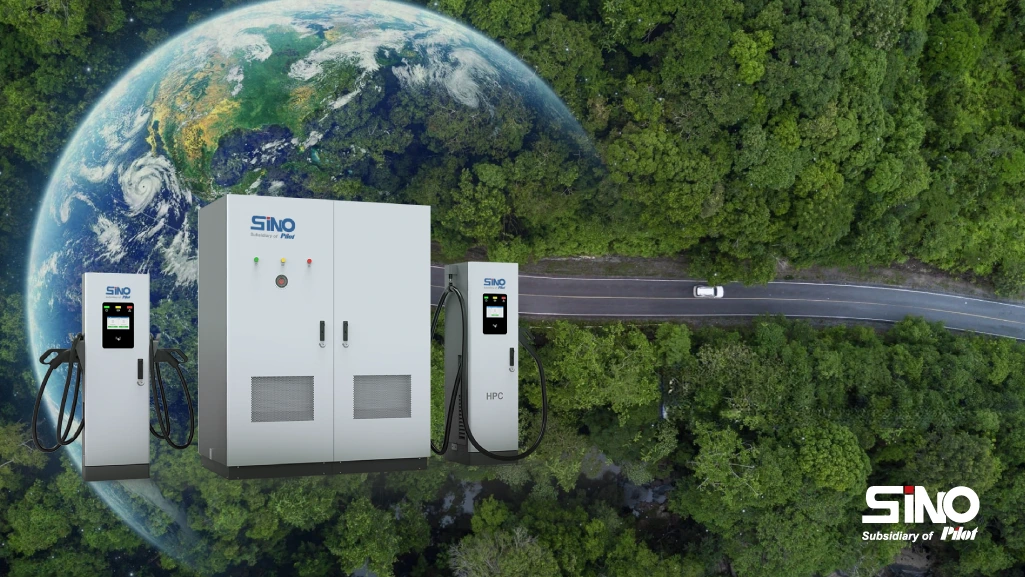As the electric vehicle (EV) industry grows and people become more familiar with charging station as necessary items for EV car driver, it’s becoming increasingly important to understand the technology behind EV chargers, also known as electric vehicle power supply units (EVSE). These electrical devices that power your car are more than just plugs and cables; they are equipped with advanced components inside that ensure your EV gets the power it needs safely and efficiently. Let’s explore the main components of ev electric car charger and learn more about it.
Charging Module: the heart of the charging station
Charging module, also called power module, is the “heart” of the charging station, accounting for about 50% of the hardware cost of the charging station, while the hardware cost accounts for 90% of the total cost.
Charging module plays the role of converting AC power to DC power in DC charging station, which is related to the overall performance of ev electric car charger and charging safety.
Charging cables: the lifeblood of an electric vehicle
The charging cable is the vital connection between the charger and the electric vehicle. These cables are specifically designed to handle high electrical loads and environmental wear and tear. They are equipped with connectors that must comply with electric ev charger port standards, such as CCS (Combined Charging System), CHAdeMO or Type 2 connectors. These standards ensure compatibility and safety, giving you a seamless connection every time you charge.
Connectors: the perfect fit for every electric vehicle
The ev charger connector is the plug at the end of the charging cable and must fit snugly into the charging port of the electric vehicle. There are standardized EV connectors for different regions to ensure compatibility:
- Type 1 (SAE J1772): Common in North America, this connector is used for AC charging.
- Type 2 (IEC 62196): Primarily used in Europe, this connector supports both AC and DC charging.
- CCS (Combined Charging System): An all-in-one solution that handles both AC and DC charging and is becoming increasingly popular worldwide.
- CHAdeMO: a fast charging standard originating from Japan, common in Asia and some European markets.
Control unit: the brain behind the operation
The control unit is essentially the brain of the ev electric car charger. It manages the communication between the EV and the charging station, ensuring the safe and efficient flow of electricity. The unit adapts the power delivery to the vehicle’s requirements and state of charge. Modern chargers are often equipped with advanced software that allows for remote monitoring and management, thus improving user convenience and operational efficiency.
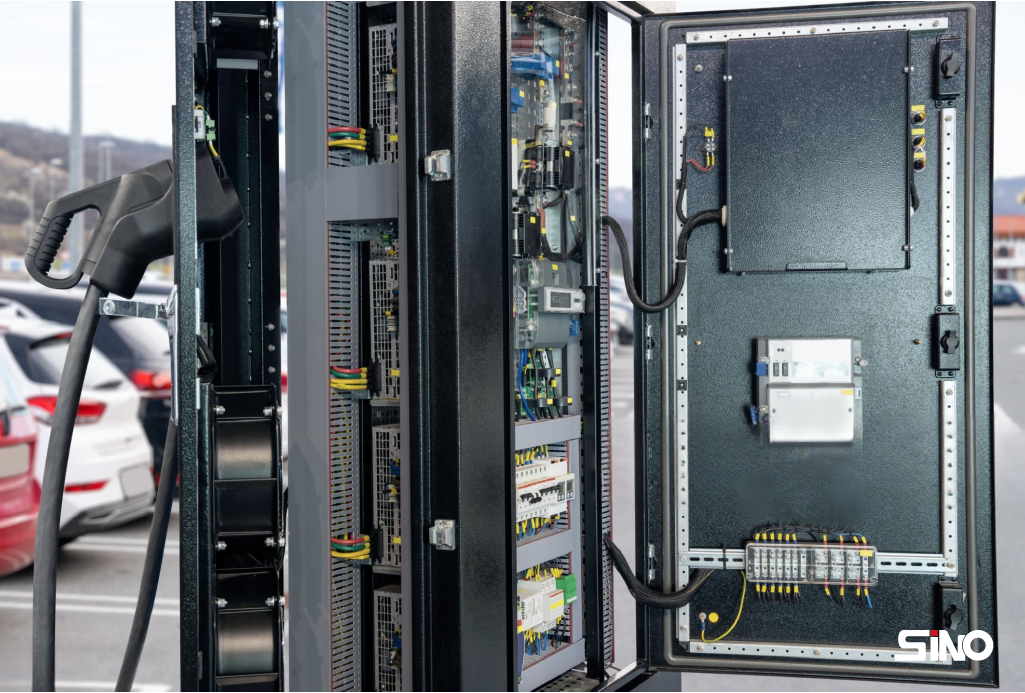
Safety mechanisms: guardians of the charging experience
Safety is of paramount importance when dealing with high voltage electricity. Electric vehicle chargers are equipped with a variety of safety mechanisms:
- Ground Fault Circuit Interrupter (GFCI): prevents electric shock by breaking the circuit if a fault is detected.
- Overcurrent protection: Prevents damage by disconnecting the power supply if the current exceeds a safe level.
- Overvoltage protection: Protects the system from voltage spikes that could damage an electric vehicle.
- Temperature Sensor: Monitors the charger’s temperature to prevent overheating and ensure a safe charging environment.
Communication module: keeps everyone connected
In the digital age, even EV chargers are smart. Communication modules allow the charger to interact with the EV and often the back-end server. This interaction uses standards such as the Open Charge Point Protocol (OCPP), which enables functions such as remote diagnostics, usage tracking and even integration with the smart grid. This connection ensures a smoother, smarter and more user-friendly charging experience.
Metering systems: measuring every electron
Accurate measurement of power is critical for billing and energy management, especially at public and commercial charging stations. Metering systems in EV chargers track the amount of electricity transmitted to the EV to ensure accurate billing. This component is key to the public charging network business model and helps users monitor their energy usage.
User interface: the face of the charger
- Display Screens: Show charging status, instructions, and other information.
- Payment Systems: Card readers or mobile payment interfaces for public stations.
Enclosure: Protecting the Core
Protects internal components from environmental factors. Often designed to be weatherproof and vandal-resistant.
Cooling System: Keeping Things Cool
Necessary for high-power DC fast chargers to prevent overheating.
Conclusion:
Understanding these components helps you know about the composition and structure of electric vehicle chargers and the function of each component. Whether you are charging at home or on the road, these systems will continue to serve you and ensure that your electric vehicle is always ready to go.
Sino Energy is committed to providing the most cutting edge charging station solutions in the market for new energy industry companies. We continue to pay attention to the development of the green energy industry, bring customers the latest and effective products and technologies, and help you cope with various market challenges. Sino Energy will continue to cooperate with more and more brands to bring you more charging stations and more professional services.
About Sino Energy
Sino Energy is a trusted China EV charger manufacturer, dedicated to changing the way the world uses energy in the electric vehicle industry. We focus on public electric car charging stations design, R&D, production, and marketing, and we can bring home and business electric vehicle charging solutions.
Founded in 2006, with headquarters in Zhuhai, Sino Energy’s mission is to deliver exceptional value and quality electric car chargers and services to customers around the world. For more about Sino Energy, please visit our ev charger factory or contact info.sino@pmac.com.cn for further information.
Welcome everyone to visit our new factory and explore opportunities for collaborative distribution partnerships!
Our Social
Facebook: www.facebook.com/sinoevc
Instagram: www.instagram.com/sinoevc
Linkedin: www.linkedin.com/company/sinoevse
Youtube: www.youtube.com/@sinoevc
Twitter: www.twitter.com/sinoevc





